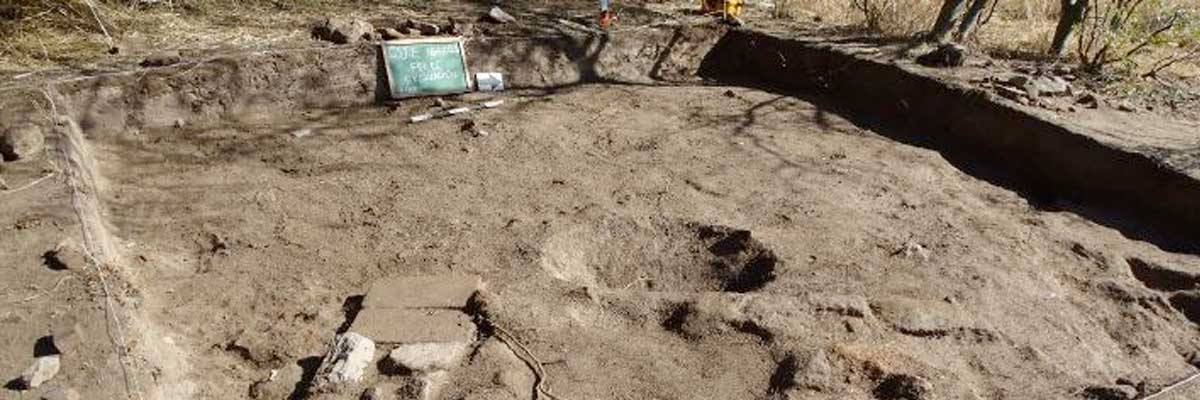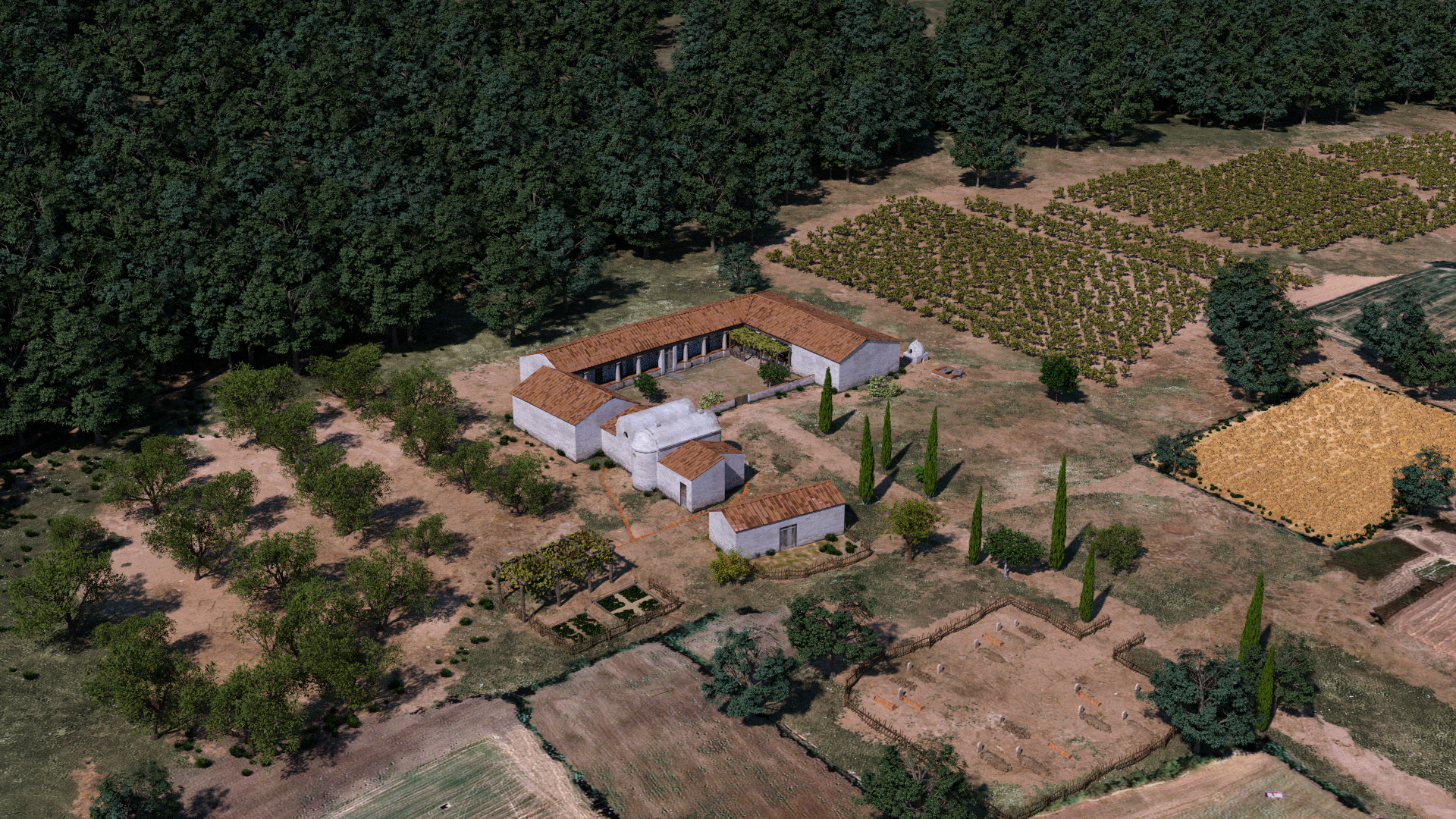
Autigasta and Huaycama. Archaeology of indigenous peasant spaces and Spanish colonial estancias in the valley of Catamarca, Argentina (16th-18th centuries)
The main aim of this project is to produce and to explain the archaeological record of the old Autigasta settlements, both before and after the Spanish conquest and colonisation. Despite the substantial amount of research on pre-Hispanic settlements and the growing interest in the colonial era in Argentina, the project offers several novel and previously unexplored approaches on the study of pre-Hispanic and colonial communities in the northwest of Argentina. The first remarking aspect of this case study is the potential for describing and explaining the changes and continuity in the diverse peasant lives which have evolved here, both before and after the conquest, with a long-term comparative perspective, taken into consideration other processes of conquest and colonisation that have evolved both in the New and the Old world. The second is to provide an exceptional level of detail about the lives of the enslaved African people settled in this area during most of the colonial period. We know very little or nothing about the layout of their homes and workplaces, about their daily activities, or their burial traditions. Also, the project’s approach and methodology play a significant role in its singularity. The articulation of diverse archaeological survey and excavation approaches is combined with written documentation analysis and ethnographic fieldwork, resulting in a distinctively interdisciplinary project in which the specialists involved share common goals and benefit from their specific expertise. Consequently, the project also has a clear training purpose. Last but not least, the project is relevant fot the impact that will have in the current rural community of Santa Cruz, and in the valley of Catamarca, in general, beyond the academic scope. These findings make it possible to uncover previously unrecognised connections between the past and present of the Catamarca population. They also provide exciting new opportunities for the local management of the rich heritage created by people of American, African and European origins established in this modest place of the Argentine Northwest.

Period
XVI-XVIII centuries
Institution
Autonomous University of Barcelona
Web and social networks
http://grupsderecerca.uab.cat/araem/
https://www.uab.cat/departament/ciencies-antiguitat-edat-mitjana/
Principal Investigators
Dr. Félix Retamero
Autonomous University of Barcelona
Location
Santa Cruz, department of Valle Viejo, in the province of Catamarca, Argentina.
LOCATION
RESULTS
The morphological study of the irrigation system associated to the settlement has clearly revealed different phases of expansion, and has provided a relative chronology that will need to be further refinedand a relative chronology that will need to be further refined. The clearly oldest nucleus, and well delimited, is the pago de Choya, a toponym of Quichua origin that has been documented thanks to field work, since only the oral memory of its existence has been preserved. During the December 2021 campaign, significant advances were achieved in the detection of the ranches of the slaves of African origin established in the colonial estancia, and the definition of the floor plan of the chapel, in a ruinous state and heavily covered with vegetation. Regarding the terrestrial prospection, the analysis of the distribution and its cartographic representation showed six discrete areas of concentration of materials that must have corresponded to the slaves’ ranches, according to their disposition, extension and documentary references. The most abundant material, bone fragments, explains, especially, the three concentrations most distant from the chapel. While the bone remains correspond to food consumption materials, the categories of container materials, whether for storage, service or cooking (ceramics, glass and earthenware), show different distributions from those. These types of materials, of high value in the colonial context, have a higher frequency of occurrence in the concentrations closer to the chapel, a characteristic even more accentuated in the case of glass. Despite the image of homogeneity shown by the general distribution of the material, this second level of qualitative analysis shows that the composition of the material assemblages of the detected concentrations is quite heterogeneous, especially with regard to the categories corresponding to costly goods. It is possible that these differences in the domestic remains of the slaves shown by the survey reveal different ranks in the composition of this community, in which, according to the documentation analyzed, women had a preponderant role as interlocutors and in some dealings with free persons.
The importance of these discoveries must be emphasized, since this is the first accurately located and archaeologically investigated rural settlement of African descendant people in Argentina.
FOTOS
VIDEO
- A Lunula with Geometric Decoration Found in Portugal Could Reveal the Structure of the Celtic Calendar (La Brújula Verde 28/02/2025) - 4 March, 2025
- Neolithic monument resembling Woodhenge uncovered in Denmark (Heritage Daily 26/02/2025) - 3 March, 2025
- When did people start building houses with corners? (New Scientist 25/02/2025) - 3 March, 2025























